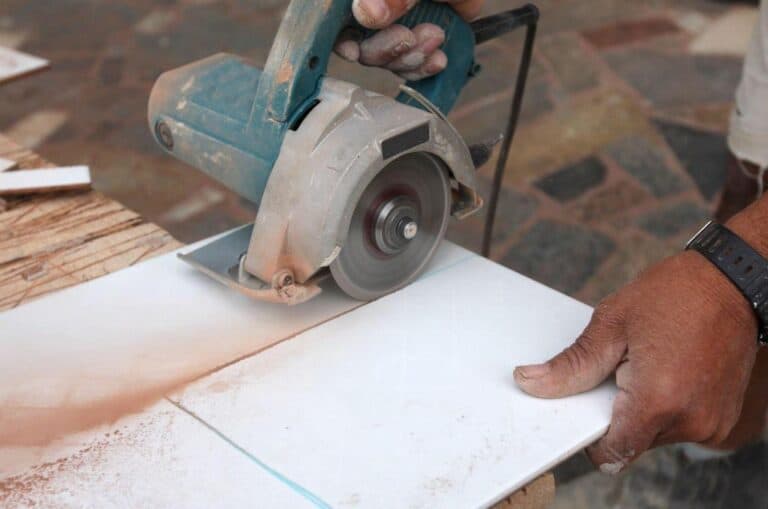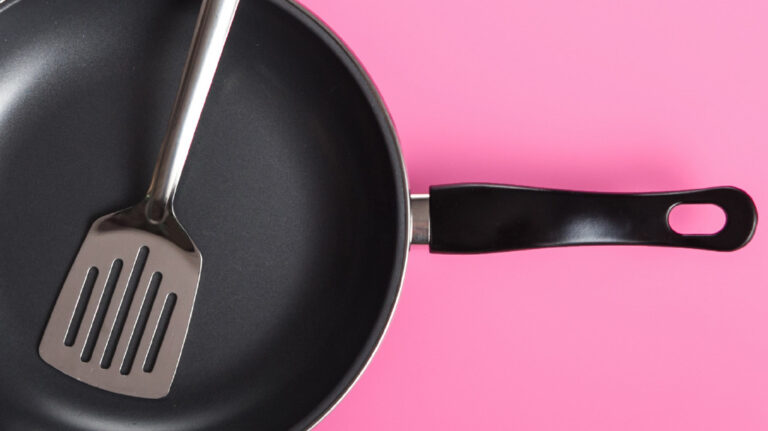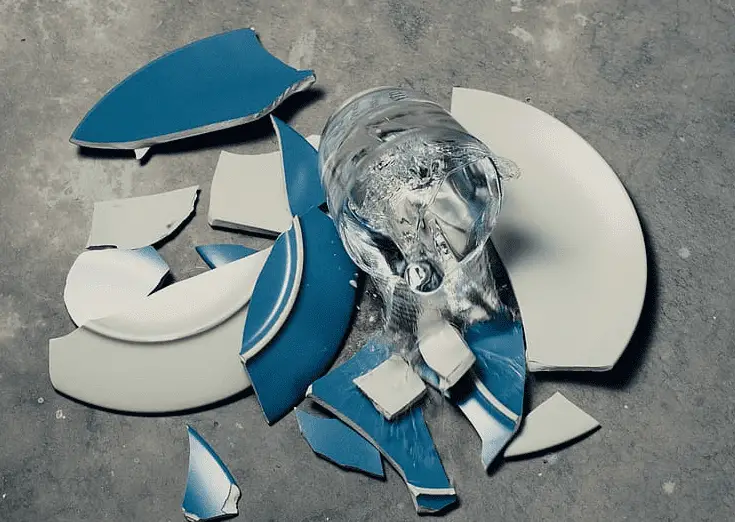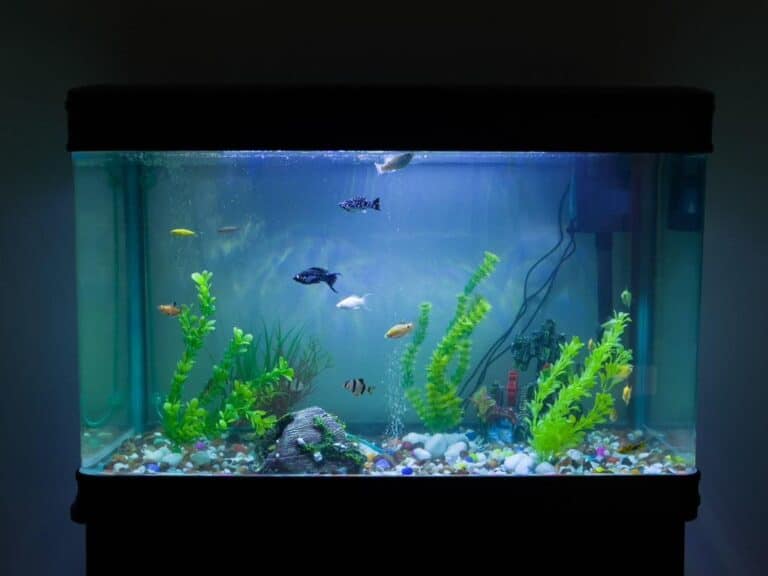Why Are Ceramics Brittle and Most Metal Not? (Metals are Ductile)
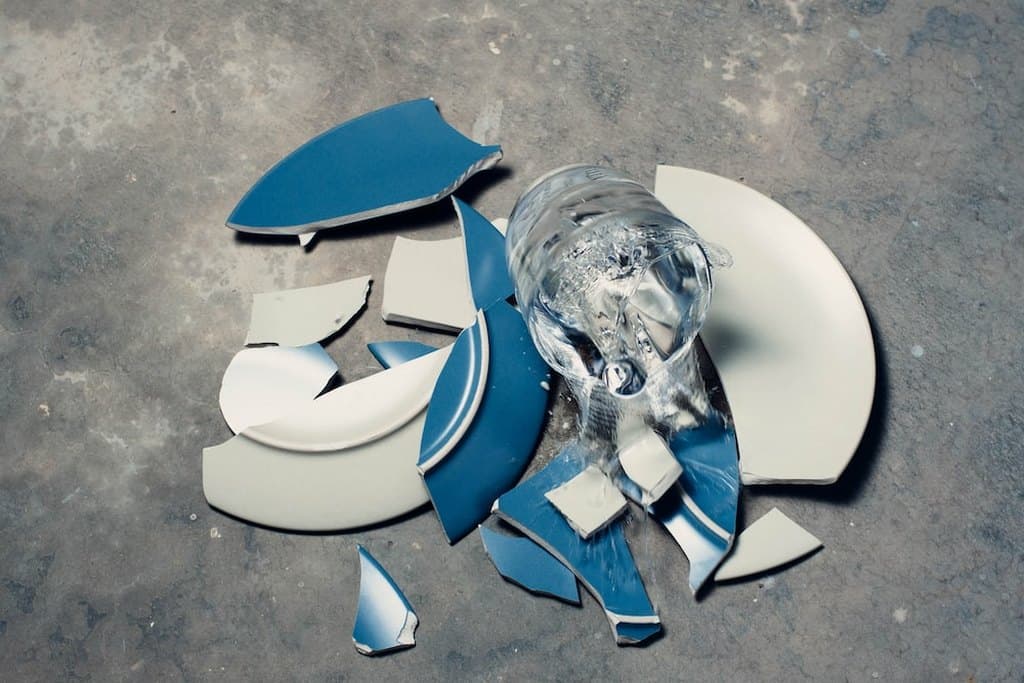
Do you ever wonder why ceramics break so easily while metals can be molded and shaped? If you’ve ever wondered why ceramics are usually brittle while most metals are ductile and malleable, this article is for you.
In this blog post, we’ll explore the differences between ceramics and metals and why ceramics are brittle while most metals are ductile.
From the atomic structure of ceramics and metals to the role of defects and temperature, we’ll dive into the science behind these properties and how they impact the practical applications of these materials.
So whether you’re a scientist, engineer, or just curious about materials science, read on to learn more about the brittleness of ceramics and the ductility of metals.
Brief Overview of Ceramics and Metals
Ceramics are inorganic, non-metallic substances created from mixtures of two different materials. They are typically hard, strong, and brittle and have high melting points. Examples of ceramics include clay, alumina (aluminum oxide), silicon carbide, and zirconia.
Metals, on the other hand, are elements that are good conductors of heat and electricity and are generally malleable (able to be shaped or molded) and ductile (able to be drawn into wire). Examples of metals include copper, aluminum, iron, and gold.
One of the main differences between ceramics and metals is their level of brittleness. Ceramics are typically very brittle, shattering or breaking when subjected to high stresses or impacts. This is because their atomic structure is strong and rigid, and they have flaws that can cause weak spots in the material.
Most metals, on the other hand, are not brittle and can bend without breaking when they are stressed. This is because their atomic structure lets atoms move and dislocations form, and because they can absorb energy through plastic deformation.
Why Are Ceramics Brittle and Hard?
Ceramics and glass are known for their extreme hardness and brittleness. In fact, many ceramics are used as abrasives due to their hard properties. But what makes ceramics and glasses so hard, and why are they also brittle?
One reason for the hardness of ceramics is their ordered structure. Atoms in ceramics are arranged in a regular pattern, forming a lattice-like structure. Because of this order, it is hard for dislocations, which are problems with the crystal structure, to move through the material.
When a force is put on a ceramic, the atoms in the lattice have to move so that the energy can be used. However, because the atoms are so tightly packed and held in place by strong chemical bonds, it is difficult for them to shift and deform.
Because of this, ceramics can withstand a lot of force and still keep their shape, which makes them hard.
However, this same characteristic that makes ceramics hard also contributes to their brittleness. Because strong chemical bonds hold the atoms in ceramics together, they can’t easily change shape and take in energy.
When a force is put on a ceramic material that is too much for it to handle, the material will suddenly shatter or break. This is why ceramics are known for their brittleness and tendency to break under stress.

The Structure of Ceramics and Metals
When we talk about the structure of ceramics and metals, we mean how the atoms are arranged and what kind of bonds they have with each other. Understanding the structure of ceramics and metals can help us understand why ceramics are brittle and most metals are not.
Most of the time, the atoms in ceramics are more rigid and organized than those in metals. In ceramics, the atoms are held together by strong covalent or ionic bonds, which give the material its high strength and hardness.
These bonds are formed when atoms share electrons or transfer electrons from one atom to another. The strong bonds make it difficult for the atoms to move or rearrange, which gives ceramics their rigid structure.
In contrast, the atomic structure of metals is typically more disordered and flexible. In metals, the atoms are held together by metallic bonds, which allow the atoms to move and slide past each other.
Metallic bonds form when atoms’ valence electrons (electrons at the highest energy level) are no longer stuck in one place and can move freely through the material. This lets the atoms move around and change shape under stress without breaking. This makes metals ductile.
The differences in bonding between ceramics and metals can also affect their properties. The strong covalent or ionic bonds in ceramics give the material its high strength and hardness, but they also make it more brittle.
The strong bonds don’t allow for much movement or deformation, so the material will shatter or break when hit hard or stressed. On the other hand, the metallic bonds in metals make it possible for atoms to move and rearrange, which makes the material deformable and ductile.
A material’s ability to conduct heat and electricity can also depend on how its atoms are arranged. Because of their rigid atomic structure and lack of metal atoms, ceramics don’t conduct heat or electricity very well. Metals conduct heat and electricity well due to their free-moving valence electrons.
Defect Density’s Impact on Ceramic and Metal Brittleness
The defect density of a material refers to the number of defects, such as cracks, impurities, and dislocations, present in the material per unit volume. Defects can have a big effect on a material’s properties, such as how brittle or flexible it is.
In ceramics, a high defect density can contribute to the material’s brittleness. Defects, such as cracks and impurities, can create points of weakness in the material that can lead to failure under stress.
When a load is applied to a ceramic material, the stress can spread through the material and cause a crack to form, making the ceramic easily breakable or shattering. The overall strength of a material can also be weakened by flaws, which makes it more likely to break.
In contrast, in metals, a low defect density can contribute to the material’s ductility. With defects like dislocations, the atoms can move and change shape without breaking when they are stressed.
When a load is put on a metal, the stress can cause the atoms to slide past each other. This causes dislocations, which allow the metal to bend and absorb energy without breaking. The material can also absorb energy through plastic deformation if it has flaws, which helps keep it from breaking.
What Is the Most Brittle Element?
A chemical element with the atomic number 4 and the symbol Be is known as beryllium. It is a lightweight, strong, steel-gray metal that is known for its extreme brittleness. In fact, beryllium is one of the most brittle elements on the periodic table.
Beryllium has a unique property in that it doesn’t tend to change shape until it breaks, like glass or ceramic. This means that when a force is applied to beryllium, it will not bend or deform like other metals.
Instead, it will remain rigid until the stress becomes too great, at which point it will suddenly shatter or break. Because of this, beryllium is hard to work with and can only be used in a limited number of ways.
Despite its brittleness, beryllium has a wide range of applications in the world today. It is used in the aerospace and defense industries due to its strength and lightweight properties, and it is also used in the construction of nuclear weapons. Beryllium is found in nature in more than 100 different minerals, and it is also made in a lab for use in industry.
What Is the Most Brittle Non Metal?
Sulfur and phosphorus are both non-metallic elements that are known for their brittleness. Both elements tend to break or shatter when they are stressed, instead of bending like many metals do. Because of this, they are hard to work with and can only be used in a limited number of ways.
Sulfur, also known as sulfur, is a chemical element with the symbol S and atomic number 16. It is a yellow, non-metallic element that is easy to find in nature. It can be found as a native element, a compound, or a mineral, among other things.
Sulfur is a very reactive element that can combine with many different things to make a wide range of compounds. It is often used to make fertilizers, pesticides, and explosives. It is also used to make rubber and other things.
Phosphorus is a chemical element with the atomic number 15 and the letter P in its name. It is a non-metallic element that comes in white phosphorus, red phosphorus, and black phosphorus, among other forms.
Phosphorus is very reactive and can catch on fire. It is often used to make fertilizers, detergents, and other things. It is also used in the manufacture of semiconductor materials and other high-tech applications.

